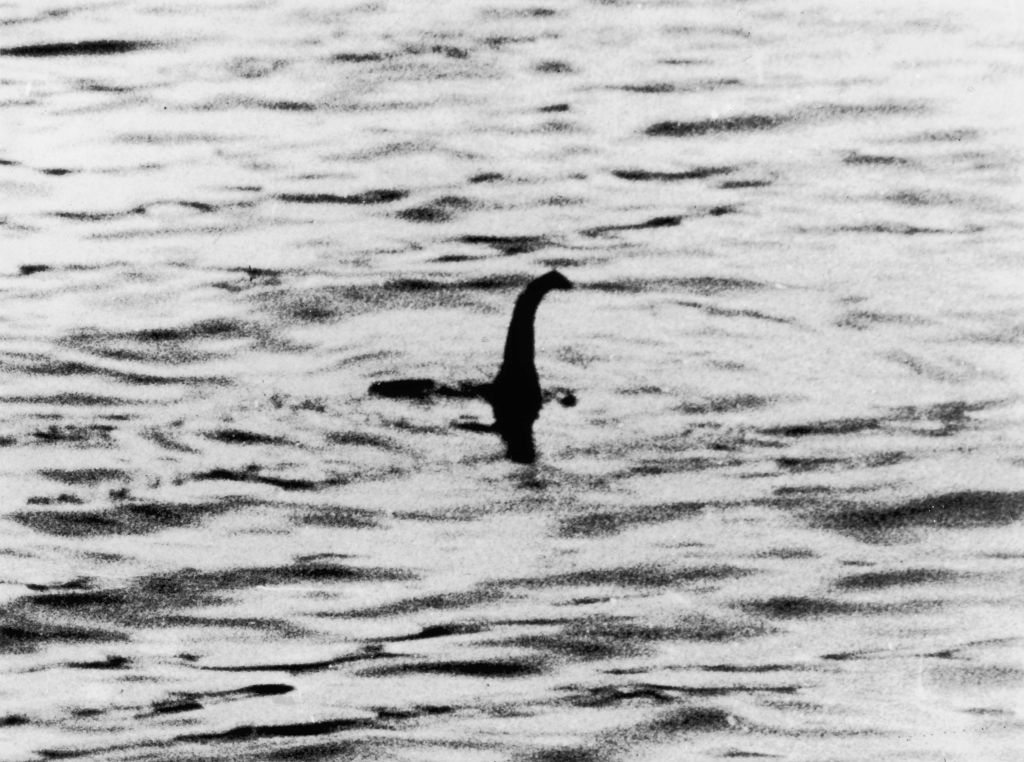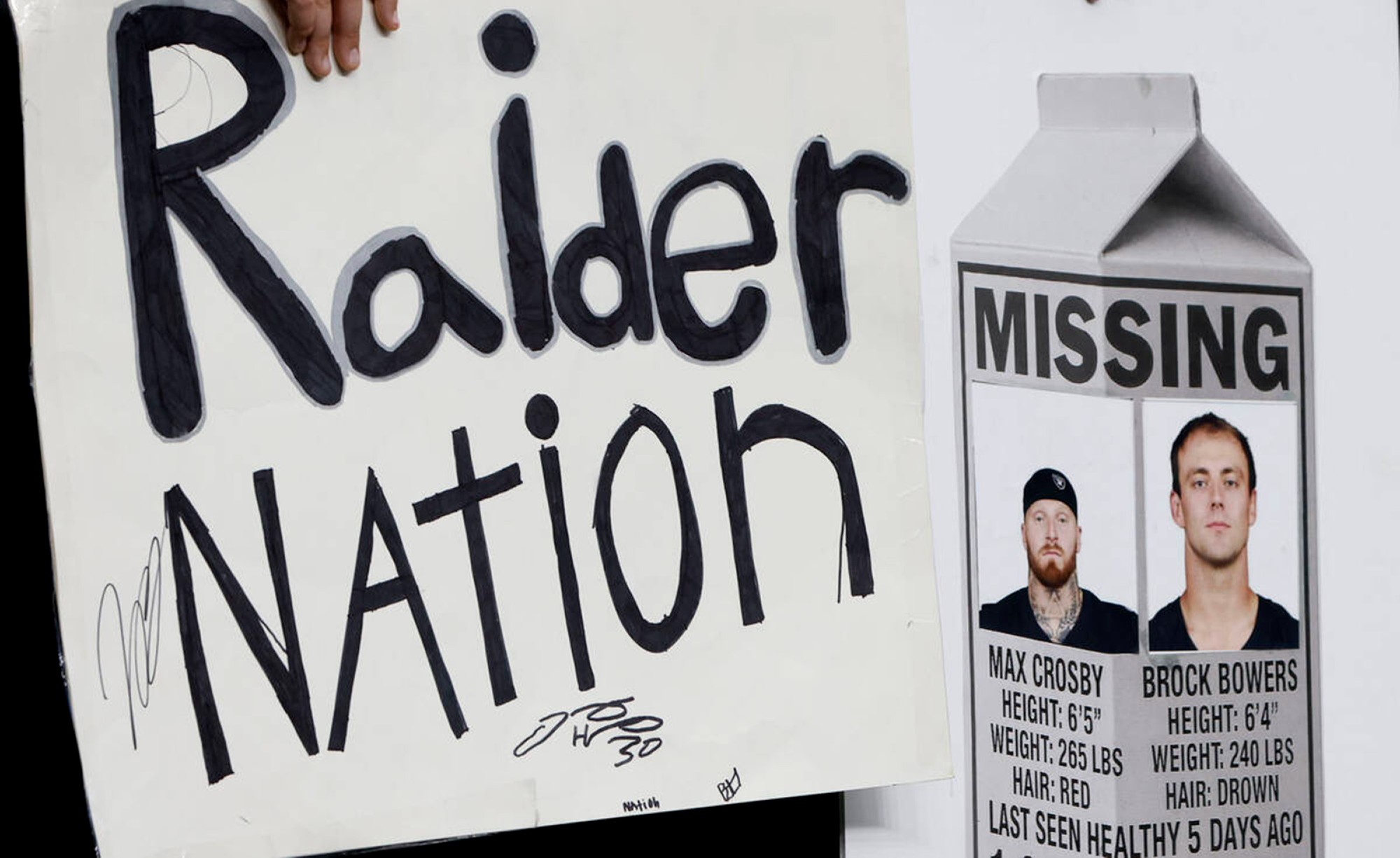Scotland seeking 'monster hunters' to search for fabled Loch Ness creature


Scotland is asking for help finding its most famous mythical resident.
The country has ignited a new search for the Loch Ness Monster, a fabled creature from Scottish folklore that is alleged to live in the waters of Loch Ness in the Scottish Highlands. The search for the creature, also known as Nessie, is being spearheaded by the Loch Ness Center, the loch's official tourism center. Assistance will be provided by an independent research group called Loch Ness Exploration (LRE).
Described as the biggest search for the Loch Ness Monster in 50 years, researchers are "looking for budding monster hunters" to help scour the loch, the center said in a statement. The search intends to use modern technology that hasn't been implemented at the loch before, including "thermal drones to produce thermal images of the water from the air using infrared cameras," as well as a hydrophone "to detect acoustic signals under the water, listening for any Nessie-like calls."
The Week
Escape your echo chamber. Get the facts behind the news, plus analysis from multiple perspectives.

Sign up for The Week's Free Newsletters
From our morning news briefing to a weekly Good News Newsletter, get the best of The Week delivered directly to your inbox.
From our morning news briefing to a weekly Good News Newsletter, get the best of The Week delivered directly to your inbox.
"It's our hope to inspire a new generation of Loch Ness enthusiasts and by joining this large-scale surface watch, you'll have a real opportunity to personally contribute towards this fascinating mystery," LNE's Alan McKenna said.
The fable of Nessie exploded in 1933, when "hotel manageress Aldie Mackay told of seeing a whale-like creature and the loch's water 'cascading and churning,'" BBC News reported. At the time, the editor of the Inverness Courier, Evan Barron, described the creature as a "monster" in his newspaper, and the myth of the Loch Ness Monster has endured ever since.
A famous picture purportedly taken of Nessie in 1934 circulated for years, though it is now widely believed to be a hoax. No conclusive evidence of the monster has ever been found, though some scientists believe it could be the result of people spotting giant eels in the water.
A free daily email with the biggest news stories of the day – and the best features from TheWeek.com
Justin Klawans has worked as a staff writer at The Week since 2022. He began his career covering local news before joining Newsweek as a breaking news reporter, where he wrote about politics, national and global affairs, business, crime, sports, film, television and other news. Justin has also freelanced for outlets including Collider and United Press International.
-
 The Week’s big New Year’s Day quiz 2026
The Week’s big New Year’s Day quiz 2026Quiz of the Year How much do you remember about 2025’s headlines? Put yourself to the test with our bumper quiz of the year
-
 Is tanking ruining sports?
Is tanking ruining sports?Today's Big Question The NBA and the NFL want teams to compete to win. What happens if they decide not to?
-
 ‘Netflix needs to not just swallow HBO but also emulate it’
‘Netflix needs to not just swallow HBO but also emulate it’instant opinion Opinion, comment and editorials of the day
-
 10 things you need to know today: December 17, 2023
10 things you need to know today: December 17, 2023Daily Briefing Putin rejects Biden's claim that Russia will attack NATO, Israel ramps up bombardments of Gaza overnight, and more
-
 10 things you need to know today: December 9, 2023
10 things you need to know today: December 9, 2023Daily Briefing Texas Supreme Court temporarily blocks woman from receiving abortion, European Union reaches world-first deal on AI regulations, and more
-
 10 things you need to know today: October 1, 2023
10 things you need to know today: October 1, 2023Daily Briefing Government shutdown avoided as Congress passes temporary funding bill, Supreme Court to begin new term as major cases await, and more
-
 10 things you need to know today: September 30, 2023
10 things you need to know today: September 30, 2023Daily Briefing Government shutdown looms after failed House vote, California Sen. Dianne Feinstein dies at 90, and more
-
 10 things you need to know today: September 24, 2023
10 things you need to know today: September 24, 2023Daily Briefing Nagorno-Karabakh's Armenian population to leave region amid fears of persecution, Atlantic coast remains under flood warnings from Ophelia, and more
-
 10 things you need to know today: September 23, 2023
10 things you need to know today: September 23, 2023Daily Briefing Sen. Bob Menendez rejects calls to resign following indictment, Ukraine launches missile attack on occupied Crimean city, and more
-
 10 things you need to know today: September 17, 2023
10 things you need to know today: September 17, 2023Daily Briefing Texas AG Ken Paxton acquitted in impeachment trial, Kim Jong Un returning to North Korea after rare foreign trip to Russia, and more
-
 10 things you need to know today: September 10, 2023
10 things you need to know today: September 10, 2023Daily Briefing Aftershock strikes Morocco as death toll rises, approval of new Covid shots likely coming within days, and more
